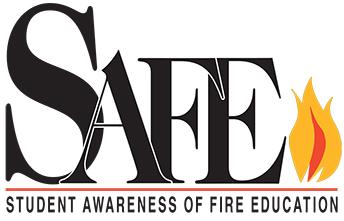STUDENT AWARENESS OF FIRE EDUCATION (SAFE)
The SAFE grant program provides resources for fire departments to teach fire safety education in schools.

The Student Awareness of Fire Education (SAFE) program provides grants to local fire departments to teach fire and life safety to children in schools. The program teaches students to recognize the dangers of fire and the fire hazards of tobacco products through 23 key fire safety behaviors taught in developmentally appropriate ways. Fire and life safety is easy to combine with math, science, language arts and health or physical education lessons, making it easy to collaborate with school teachers. Since the SAFE program began in 1996, child fire deaths have dropped significantly in Massachusetts. In 2021, Massachusetts marked two and a half years without a child fire fatality, the longest period in the Commonwealth's recorded history.
SAFE is one of two fire and life safety education grant programs available to Massachusetts fire departments. The second program is Senior SAFE, which aims to reduce older adult fire deaths through fire and life safety education.
What is SAFE? is a short pamphlet that describes the program for parents and care providers.
Read the SAFE and Senior Safe mission statements here.